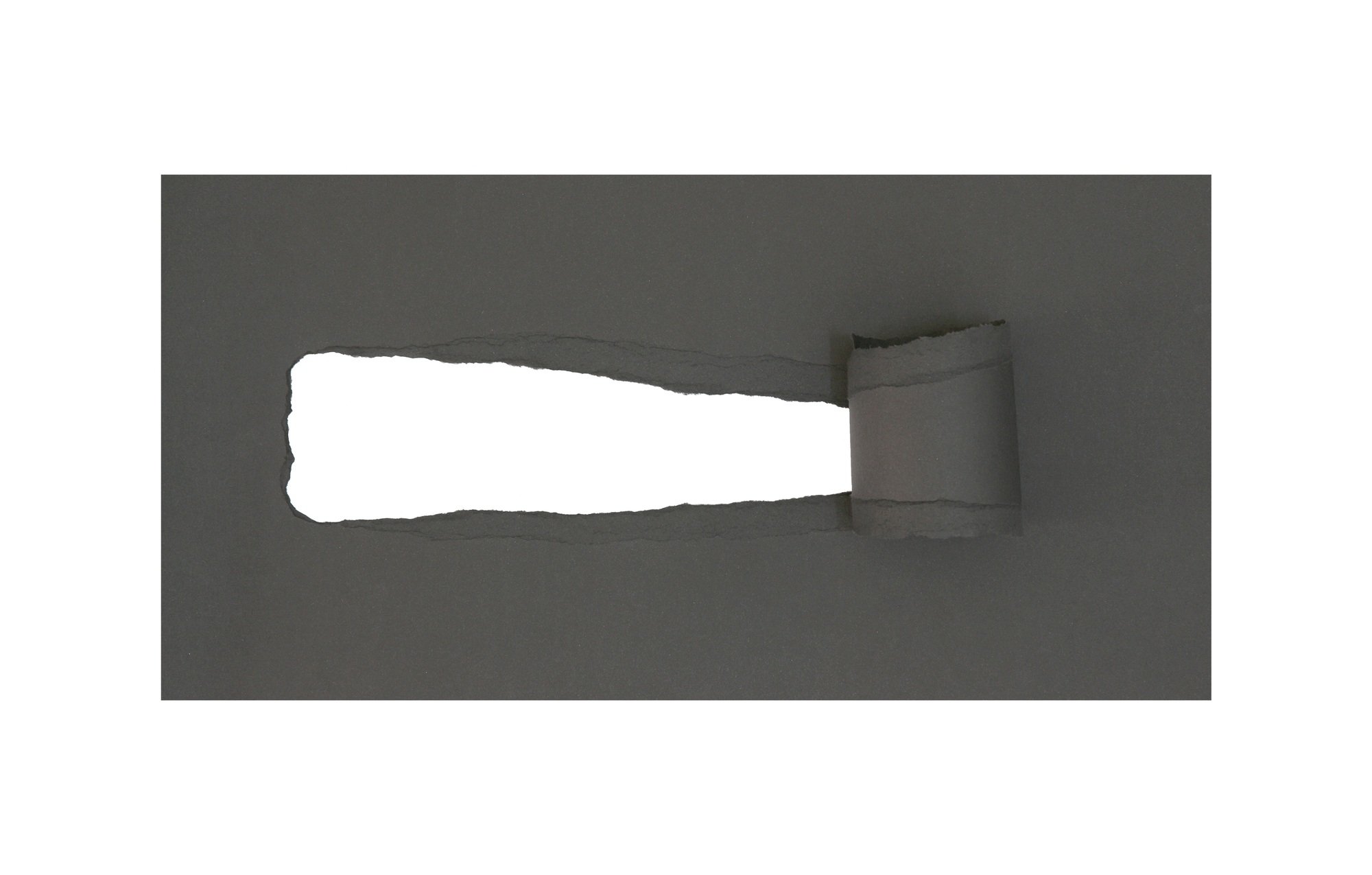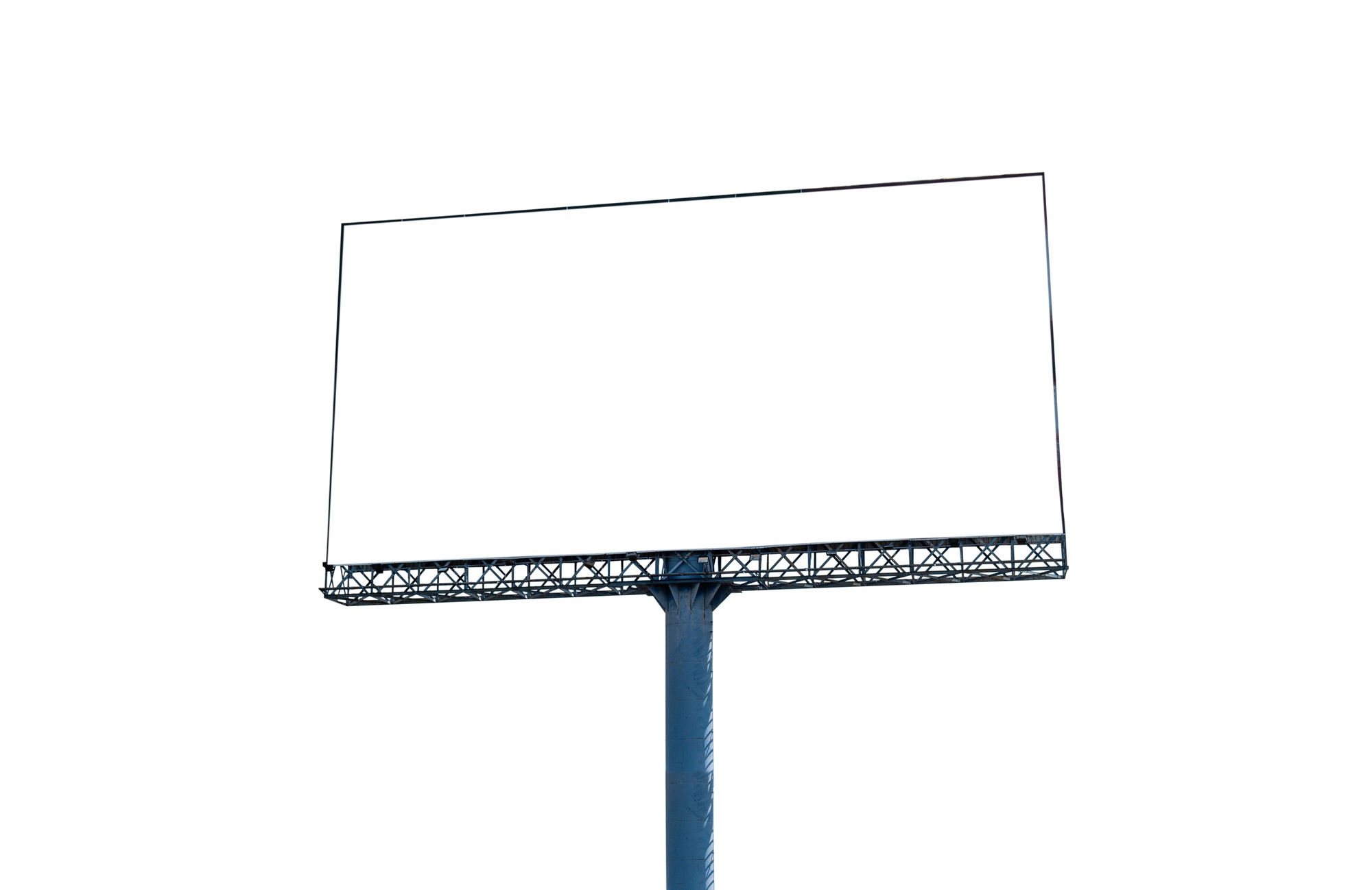Key Takeaways

- Significant Brand Visibility: OOH advertising enhances brand recognition by presenting ads in high-traffic areas, ensuring exposure to a broad audience.
- Effective Audience Targeting: By strategically placing ads in locations frequented by your target demographic, OOH campaigns can effectively reach potential customers during their daily activities.
- Integration with Digital Strategies: Combining OOH advertising with social media enhances message consistency and maximizes audience engagement, leading to greater advertising effectiveness.
- Innovative Content Creation: To counteract ad blocking, brands should focus on creating eye-catching and engaging content that quickly captures the audience’s attention.
- Adaptation to Future Trends: Embracing Digital Out-of-Home (DOOH) advertising and sustainability practices will be crucial for evolving market strategies and appealing to environmentally conscious consumers.
Out-of-home (OOH) advertising is making waves in the marketing world, and for good reason. As people spend more time outside their homes, brands are seizing the opportunity to connect with audiences in impactful ways. From billboards to transit ads, OOH advertising captures attention in a unique environment, allowing your message to stand out amidst the hustle and bustle of daily life.
In an age where digital ads often get lost in the noise, OOH offers a tangible alternative. It engages consumers in real time, sparking interest and driving action. As you explore the power of OOH advertising, you’ll discover how it can elevate your marketing strategy and enhance brand visibility, making it a vital tool for reaching your target audience effectively.
Overview of OOH Advertising

Out-of-home (OOH) advertising plays a crucial role in your marketing strategy, especially for small businesses. This form of advertising encompasses various formats, including billboards, transit ads, and posters, targeting consumers as they engage in daily activities outside their homes. OOH advertising creates a unique opportunity to reach local audiences effectively.
Utilizing OOH advertising enhances your brand visibility. Unlike online ads that often go unnoticed, OOH offers an engaging, tangible presence. When potential customers pass by a well-placed billboard or transit ad, they interact with your brand in real time, which can prompt immediate interest or action.
Local marketing becomes more effective through OOH advertising. You can choose strategic locations that align with your target demographic, ensuring that your message reaches the right audience. Effective placement increases foot traffic to your business and boosts local brand recognition.
Creating a cohesive marketing approach can amplify your results. Integrating OOH advertising with social media campaigns provides consistent messaging across platforms, enhancing your reach and making your brand more memorable. By combining these strategies, you can maximize your advertising efforts and drive growth for your small business.
Benefits of OOH Advertising

Out-of-home (OOH) advertising offers several key advantages tailored for small businesses aiming to enhance their local marketing efforts.
Enhanced Brand Visibility
OOH advertising provides excellent visibility for your brand. Billboards, transit ads, and other outdoor media situated in high-traffic areas, like city centers and highways, ensure your message reaches a vast audience. Nearly 80% of U.S. adults engage with OOH ads in the past 60 days, making it an effective way to boost local brand recognition. When potential customers see your brand frequently, it becomes familiar, fostering trust and prompting action.
Audience Targeting
OOH advertising allows precise audience targeting. By placing ads in strategic locations, you connect with local consumers where they spend their time, whether commuting or enjoying leisure activities. This localized approach ensures your message aligns with the habits and preferences of your target audience. Integrating OOH with social media efforts can further enhance reach, as you create a cohesive marketing strategy that maximizes engagement and influence within your community.
Types of OOH Advertising

Out-of-home (OOH) advertising includes various methods to effectively reach your audience outside their homes. Key types of OOH advertising include billboards, transit advertising, and street furniture.
Billboards
- Definition: Billboards are large-scale print advertisements located on major highways and in urban centers. They capture attention from a distance, making them ideal for local marketing efforts.
- Characteristics: Billboards are designed to be eye-catching, featuring bold graphics and simple messages. Their visual appeal grabs attention from passing vehicles and pedestrians.
- Examples: Brands like Netflix use billboards with witty messages that resonate with viewers, such as “Don’t give up on your dreams. We started with DVDs.”
- Costs: Costs vary based on location and visibility, but strategically placed billboards in high-traffic areas can maximize your return on investment.
Transit Advertising
- Definition: Transit advertising appears on public transportation vehicles or at transit stations. This method targets a broad audience, providing visibility to commuters.
- Characteristics: Transit ads are often placed in locations with heavy foot traffic, ensuring high exposure. Your message reaches people during their daily commutes, creating familiarity with your brand.
- Examples: Advertisements on buses or subway stations can feature local events or promotions, connecting your small business to the community.
- Costs: Transit advertising costs vary, depending on the ad’s size, location, and duration. Evaluate the potential reach when considering your budget.
Street Furniture
- Definition: Street furniture includes ad placements on benches, bus shelters, and kiosks. This type of advertising is integral to urban landscapes, reaching people in public spaces.
- Characteristics: Street furniture ads offer high visibility and engage viewers in a casual setting. They create opportunities for local businesses to connect with their target audience.
- Examples: Placing ads on bus shelters can promote special offers or events, drawing attention from passersby who frequent those locations.
- Costs: Pricing for street furniture advertising varies by location. Evaluate options in areas frequented by your target market to enhance your local marketing strategy.
Challenges in OOH Advertising

Out-of-home (OOH) advertising offers significant opportunities but comes with its own set of challenges that small businesses must navigate effectively.
Ad Blocking Challenges
Ad blocking isn’t just a digital concern; it applies to OOH advertising as well. People often tune out OOH ads, diminishing their effectiveness. To overcome this, you must innovate and create captivating content that captures attention quickly. Unique designs, eye-catching colors, and clever messaging can help engage your audience.
Measurement and Analytics
Measuring the success of OOH campaigns presents a hurdle. Unlike digital advertising, OOH lacks straightforward tracking methods. You need to establish clear metrics to evaluate your campaign’s impact. Consider integrating social media efforts with OOH advertising to trace audience engagement and assess return on investment (ROI). For example, driving consumers to a specific hashtag from an OOH ad can help link offline impressions to online interactions.
Environmental Impact
Recognizing environmental factors is crucial when planning OOH advertising. Weather, vandalism, and natural deterioration can affect your ad’s visibility and lifespan. You should choose durable materials and strategic placements that minimize weather exposure. Additionally, consider locations with lower environmental risk to maximize your investment. Planning and maintaining OOH assets effectively ensure your message remains visible to your target audience.
Future Trends in OOH Advertising

The landscape of Out-of-Home (OOH) advertising is evolving rapidly. Embracing these trends can enhance your local marketing efforts and strengthen connections with your audience.
Digital Integration
Digital technologies significantly impact OOH advertising’s future. Digital Out-of-Home (DOOH) advertising accounts for over a third of OOH ad spending in 2024. Programmatic transactions are set to surge, with projections indicating that programmatic DOOH will exceed $1 billion in the U.S. by 2025. DOOH ads offer dynamic creative capabilities and allow for real-time adjustments based on analytics. For example, digital billboards can display personalized messaging based on current events, weather, or consumer behavior, enhancing the relevance of your advertising and increasing engagement. This integration between OOH and other digital channels makes your ads more flexible and impactful.
Sustainability Practices
Sustainability is becoming essential in OOH advertising. Consumers increasingly prefer brands that demonstrate environmental responsibility. Implementing eco-friendly practices in your OOH campaigns not only improves your brand image but also attracts a more conscientious audience. For instance, you can leverage green materials for physical signage or opt for digital formats, which typically require less physical resource consumption. Additionally, choosing locations that minimize environmental impact can enhance your reputation in local markets. Adopting sustainable practices aligns your small business with positive social values, appealing to eco-conscious consumers and fostering loyalty.
Conclusion

Embracing OOH advertising can be a game changer for your business. Its ability to connect with local audiences in high-traffic areas makes it an invaluable tool for enhancing brand visibility. As you navigate the challenges and opportunities in this evolving landscape, remember that creativity and strategic placement are key.
Incorporating digital elements and sustainable practices can further elevate your campaigns. By staying informed on trends and leveraging the right metrics, you can maximize your return on investment. Ultimately, OOH advertising offers a unique chance to engage consumers in real time and drive foot traffic to your business.
Frequently Asked Questions

What is out-of-home (OOH) advertising?
Out-of-home (OOH) advertising refers to any advertising that reaches consumers while they are outside their homes. This includes formats like billboards, transit ads, and street furniture. OOH is effective for engaging audiences and fostering brand recognition in public spaces.
How does OOH advertising benefit small businesses?
OOH advertising provides small businesses with increased brand visibility and the opportunity to engage local consumers effectively. By strategically placing ads in high-traffic areas, businesses can boost foot traffic and enhance community recognition.
What types of OOH advertising are available?
Common types of OOH advertising include billboards, transit advertising (ads on public transportation), and street furniture (ads on benches and bus shelters). Each type allows brands to reach audiences in different public settings.
How do OOH ads enhance local marketing strategies?
OOH ads enhance local marketing by targeting consumers where they live, shop, and commute. Integrating OOH advertising with social media campaigns can create cohesive marketing strategies that amplify engagement and visibility in local communities.
What challenges do small businesses face with OOH advertising?
Small businesses face challenges such as consumer ad blocking, measuring campaign success, and enduring environmental factors. Innovative content is required to grab attention, and clear metrics are needed to track return on investment effectively.
How do digital technologies impact OOH advertising?
Digital technologies significantly impact OOH advertising, with Digital Out-of-Home (DOOH) projected to grow rapidly. DOOH allows for dynamic content adjustments based on real-time analytics, creating more engaging and relevant advertising experiences.
What are some future trends in OOH advertising?
Future trends in OOH advertising include the rise of programmatic DOOH, which offers automated ad purchasing and creative flexibility. Additionally, sustainability practices are gaining importance, as brands incorporate eco-friendly methods to attract environmentally conscious consumers.
Image Via Envato



